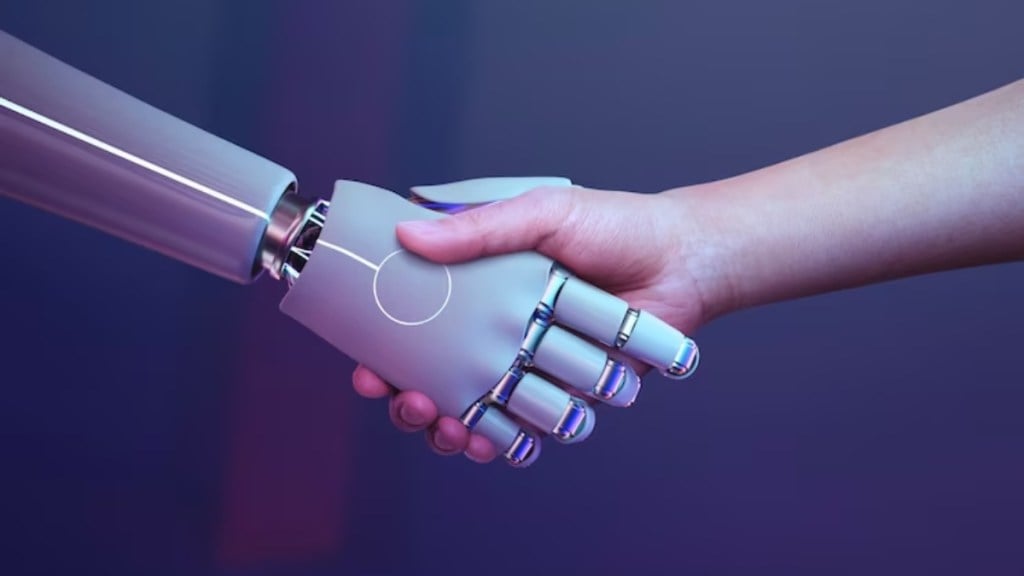By Jaspreet Bindra
Generative AI (GenAI), led by ChatGPT, is creating waves all over the world. Its astonishing capabilities to generate conversations, art and videos led ChatGPT to race to 100mn subscribers in just two months. The Large Language Models (LLMs) and transformers that power GenAI are ground-breaking technology that promises to be as disruptive as the Internet or the smartphone. Google CEO Sundar Pichai likens AI to ‘fire,’ Satya Nadella of Microsoft heralds it to be a ‘platform shift,’ and Goldman Sachs believes that GenAI will add $7tn in extra annual global GDP over the next decade. However, this excitement is accompanied by some unease around loss of jobs and human agency and the looming threat of an AI superintelligence. There are also worries about bias, environmental damage, plagiarism, and a threat to democracy itself.
However there is no denying the paradigm changing possibilities that GenAI brings. One clear and present case is in education. At the time of the GPT4 launch, OpenAI and Khan Academy partnered together to create an amazing hyper personalised tutor for educating a child, called Khanmigo. Khanmigo is a personal tutor for every child, helping her learn and create – never giving the answers, but like a good teacher, leading her to the right answer through a series of logical and educative steps.
The greatest need for education is in rural India, with a literacy rate of 69% as opposed to a national average of 84% (2011 Census). This is especially bad for women, with female literacy at 59% trailing 79% for males. One in five children drop out, driven by poverty, a 1:35 student teacher ratio and a third of schools lacking basic infrastructure especially for girls. Additionally, most times the medium of instruction is other than English; students want to study in English.
This is where the power of Generative AI can come in, delivered to rural India through a model which we call JanAI – GenAI for the people.
This is where a BharatLLM is built as part of an India stack delivered to the people as a Digital Public Good, much like digital infrastructure like Aadhar, UPI, etc. If we build this, we can bridge the digital divide and revolutionise rural education in India. The BharatLLMdelivered through the JanAI model can solve multiple use cases, through entrepreneurs creating companies and Big tech companies creating products to address the rural education problem. Some ways in which GenAI can help rural education:
Bridging the Quality Gap: with an Indian Khanmigo, we can theoretically have a personalised tutor for every child, with personalised lesson plans, quizzes, and offering real-time feedback, thus reducing the teacher-student gap and distance
Breaking the Language Barrier:. With the capability to understand and generate multiple languages, generative AI can help in translating textbooks or instructional material into local dialects, making education more inclusive and understandable. Imagine a child in a remote village in Tamil Nadu having access to world-class material in his or her native tongue!
Up-to-Date Curriculum: GenAI can quickly update educational materials to include the latest information or methodologies, ensuring that rural students are not left behind in the swiftly changing world.
Empowering Teachers: GenAI can also play an instrumental role in upgrading the skills of teachers, through personalised training modules and continuous learning.
In conclusion, the intersection of generative AI and rural education in India is not just a theoretical discussion but an urgent imperative. The digital divide can be converted into a digital bridge using the power of GenAI and JanAI, and is the fastest path to educating children across India and accelerating our aim to be a developed country by 2047.
The author is managing director and founder of The Tech Whisperer. Views are personal.

